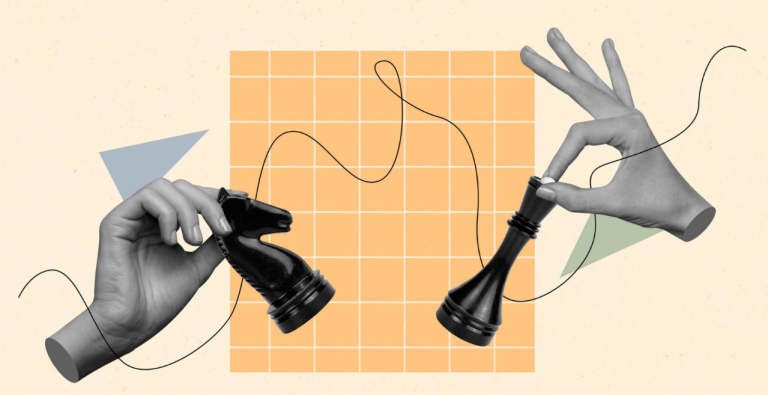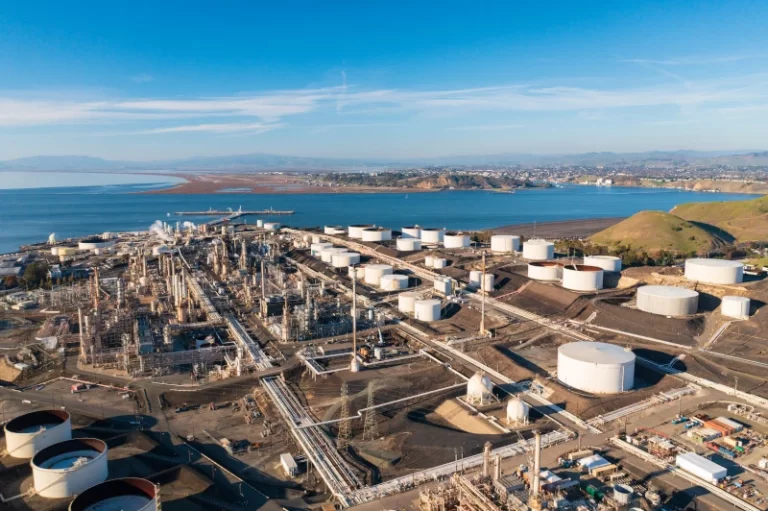On Oct. 6, 2021, a 13-in. tear in an oil pipeline off the southern coast of California was reported. The reports indicated that it was hours before facility operations understood what was happening and shut in the isolation valves for the line to mitigate any further flow into the Pacific Ocean. It has been speculated that the cause of the rupture was an anchor that hooked the pipeline. An additional interesting fact is that the pipeline itself was 41 years old, not an uncommon vintage for critical energy infrastructure around the globe.

As of Nov. 11, a CNN report noted that another oil sheen has been spotted near the same location. At the time, proactive measures had already been issued and the California Department of Fish and Wildlife had not confirmed a spill. At the time of writing this, it is yet to be seen if there is another spill in the same area. As I am sure, southern California locals and others like myself — folks who are working hard to ensure safe, environmentally friendly, efficient and reliable energy to the world of 7 billion people is hoping this new announcement is a false alarm.
/*** Advertisement ***/
Critical energy infrastructure in many places of the world is no spring chicken. In North America specifically, building new pipeline infrastructure has become very challenging in the recent decade. From KXL to the Dakota Access Pipeline to last minute opposition of the Enbridge Line 3 replacement, building and replacing energy pipeline infrastructure is becoming a task with monumental hurdles. Additionally, the insular nature of our industry has not won us many friends in the energy transition effort, despite the fact that oil and gas is an important part of the energy mix for decades to come to ensure as a population we take care of the planet and combat energy poverty. These items are resulting in less investment toward our energy pipelines, yet operating companies are still expected to produce returns.
When it comes to automation and control systems for pipelines that are over 30 years old, in many cases, we are at least five to seven years behind modern software capabilities. Even if recent software control system packages are in place, the declining workforce and inability to attract fresh talent means that “if it’s working, don’t fix it.”
Let’s add a little more to the Swiss cheese model that results in these seemingly preventable accidents. Control room designs and how to set humans up for success was an afterthought when many of these control systems were put into place. I have heard amongst executives in the industry that in the past, the goal of a control room operator was to work around the system they were given and to get it to perform, i.e., this is the job they are paid to do and it doesn’t matter if it’s enjoyable or easy to be successful.
Many studies have been conducted over time indicating that this is the incorrect viewpoint. However, in too many of these cases, the capital costs to redesign a control system and control room not that long in oil and gas time after it has been built is prohibitive.
Personally, I’m not a fan when the media paints a picture of control room operators making a mistake or stating that they “should have seen it.” In more cases than not, due to tools, design, culture or lack of functional work environment, these folks are inherently set up to fail. Imagine trying to do the best you can with what you have and your screens are so confusing that you didn’t see anything going wrong? Or, you are so busy with another pipeline system that you don’t notice what’s going on with a low pressure and increasing flow rate — an indication of a leak. Sure, there are leak detection systems and there should be high high and low low limits that trigger shutdown events, but a small operating company may not have the budget to make these systems successful. READ FULL ARTICLE






